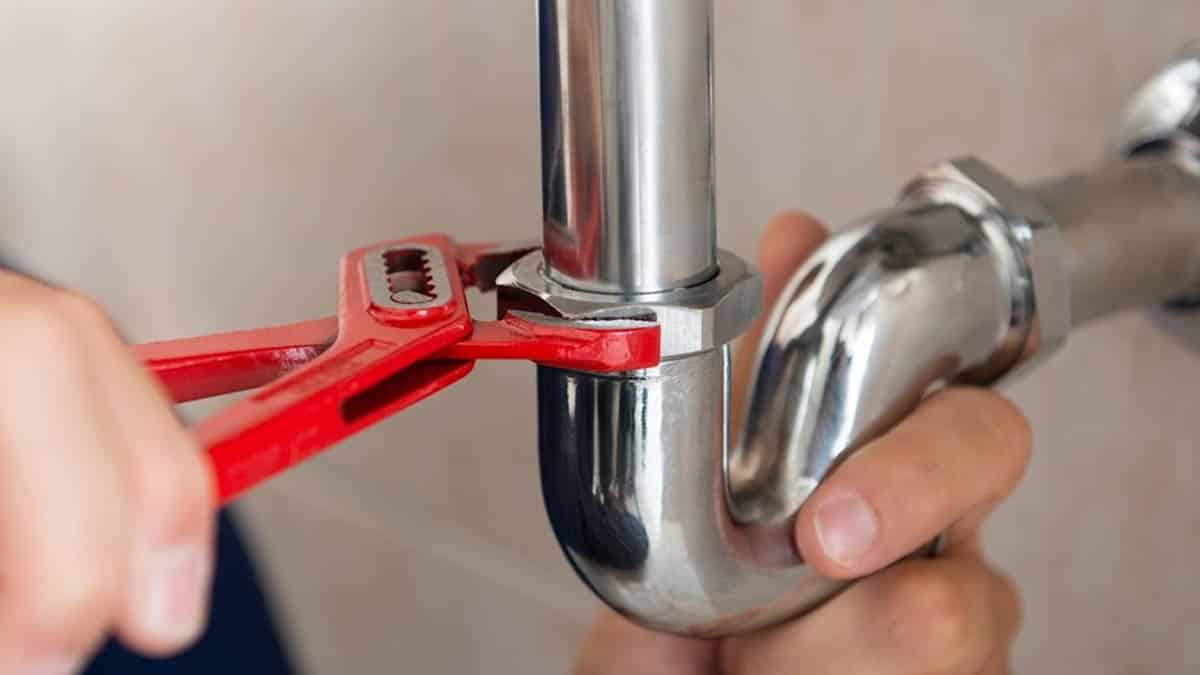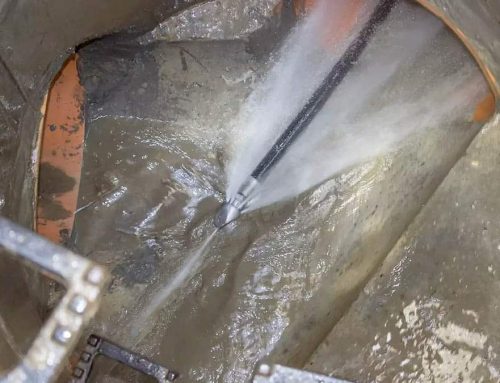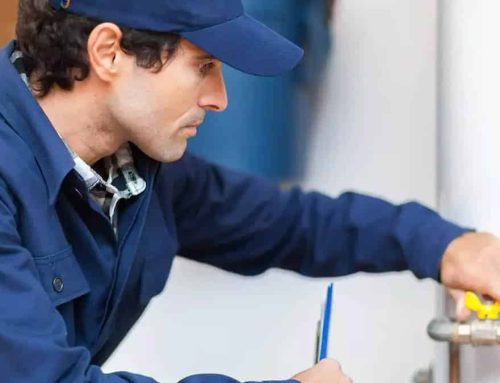
Should You Reline or Replace Your Pipes?
Pipes wear out, just like any other plumbing component. That’s why they will need to be replaced or repaired at some point in the future, or leaks will eventually appear and cause a big mess.
However, pipe replacement is also a big job and can require a significant amount of work. As such, an alternative to complete replacement, known as pipe relining, is growing in popularity.
That said, there are some instances when traditional pipe replacement is still the best option. Below is more information about pipe relining and why you should discuss this option with your plumber should it be necessary to replace old or defective pipes.
What Pipe Relining Is and Why It Might Be Your Best Choice
Pipe relining is an exciting technology that is less than 50 years old; invented by an English craftsman, pipe relining takes a radical approach to pipe replacement. Instead of digging up an old section of pipe and replacing it with an entirely new length of pipe, the new pipe is actually formed inside the “shell” of the old pipe.
There are several advantages presented by pipe relining when compared to the traditional “dig and replace” approach. First, pipe relining is a much less invasive process that causes little disruption to property.
Traditional pipe replacement usually requires that a lengthy, deep trench be dug to gain access to the pipe. Also, there may be a need to uproot trees and other landscaping plants, or even to dismantle structures, if a pipe is buried beneath them.
Pipe relining doesn’t require this type of invasive digging, as the plumber only needs only to access one end of the pipe. A narrow hole can suffice, and if there is an existing cleanout in the sewer line, the plumber may be able to use it instead.
In addition, pipe relining can be advantageous due to the short length of time necessary to complete the average job. The digging and preparation time it takes for a full replacement can cause a job to take a while, especially if there is extensive excavation needed.
However, pipe relining doesn’t present the same challenges in most circumstances. Since digging is usually limited, and there is no need to bring in sections of pipe and perform extensive manual labor, pipe relining is a lot faster. It’s not uncommon for an entire relining procedure to be finished in a single day.
When Pipe Relining May Not Be the Best Option
While pipe relining is a wonderful technology and is appropriate for many situations, there are times when traditional pipe replacement is necessary. Here are a couple of reasons why pipe relining may not work well in your circumstances.
Extensive Corrosion
If your pipe to be replaced is badly corroded, then pipe relining may be a poor option. The felt liner is epoxied into position, and corrosion can prevent the liner from adhering to the inside of the old pipe. Some corrosion can be cleaned out via a hydro-jetting device or drain snake, but the reality is there is a point where too much scouring can cause weakening or collapse of the old pipe.
Poor Alignment
Another reason why pipe relining may not be a feasible option is when the existing pipe is poorly aligned. Shifting soil can cause a pipe to move over the years, and dramatic ground movement can even cause it to break entirely. While pipe relining can be accomplished in areas with modest shifting, too much shifting can make relining an impossibility.
If you have questions about pipe relining or replacement in general, be sure to contact Moon Valley Plumbing and Rooter for assistance. The experts at Moon Valley understand how to best approach your need for a new pipe or relining, and they can present you with all your options upfront.

